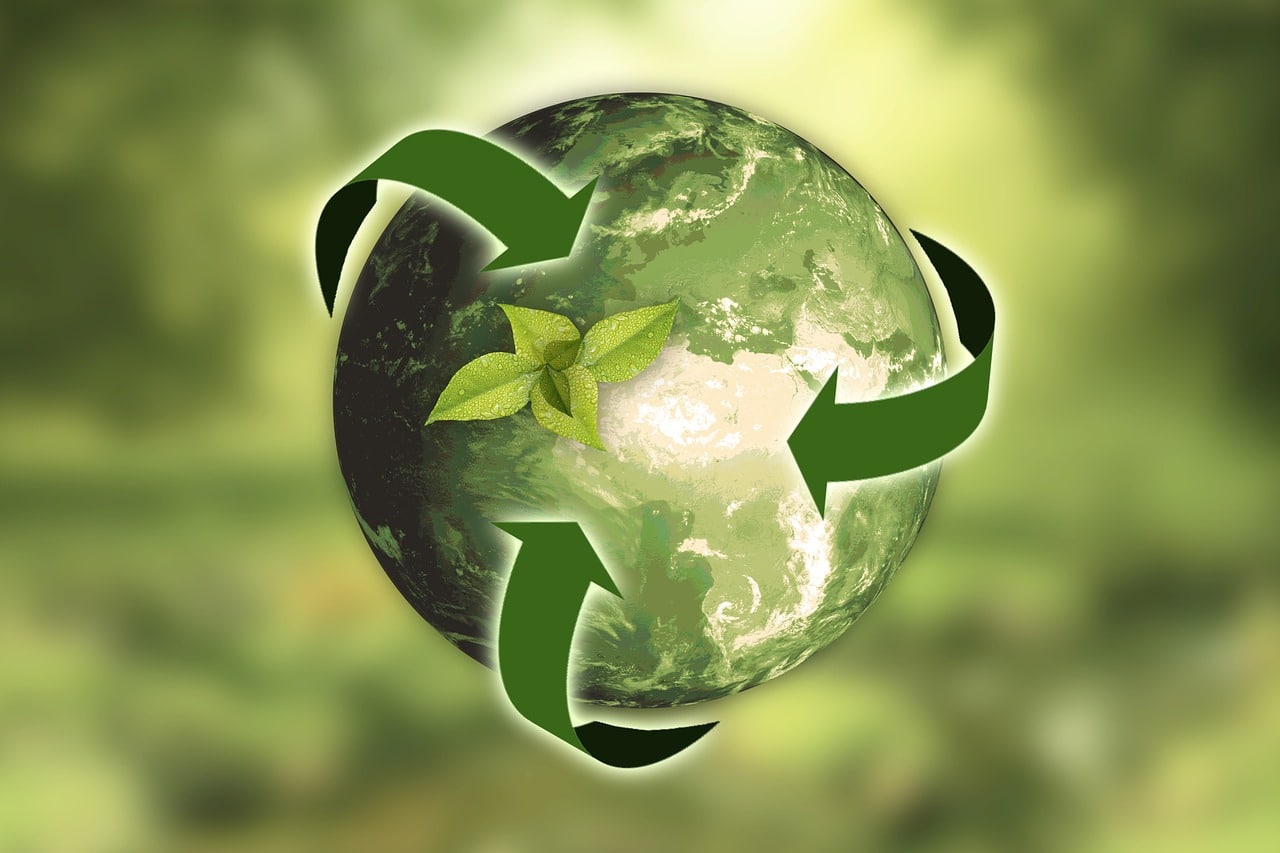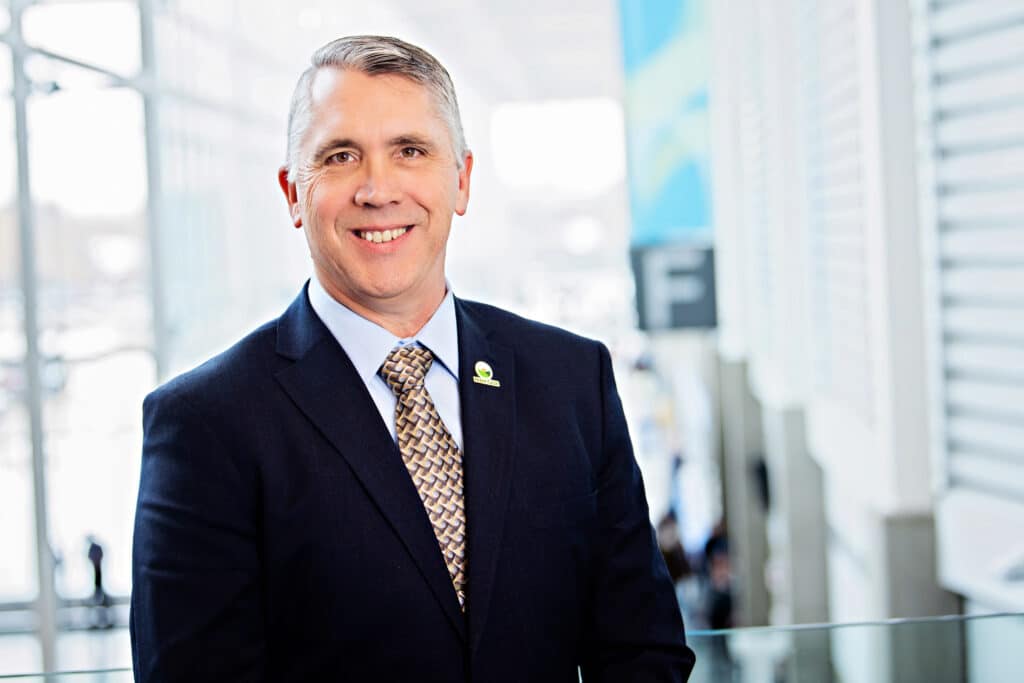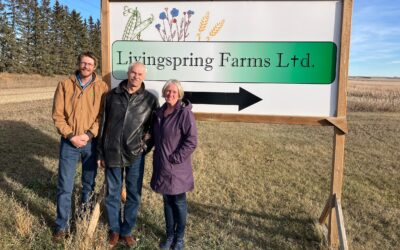The Agricultural Plastics Recycling Group is working hard to make agricultural plastics recycling an easy process for Alberta farmers.
Editor’s note: This interview has been edited for length and clarity.
Dean Hubbard is an executive member of the Agricultural Plastics Recycling Group. He was asked to sit on the executive as a representative for the Alberta Wheat Commission, of which he is on the board of directors. Hubbard runs a cash crop farm in the Claresholm, Alta. area, and grows cereal, oilseed and pulse crops. Before farming fulltime Hubbard attended Olds College, working with Ross McKenzie at the Lethbridge Research Station after completing his studies. He also managed a retail fertilizer and chemical facility in Nobleford, Alta. and worked on a contract for CIBC for a while before starting farming fulltime in 2004.
Alberta Seed Guide (ASG): What is the Agricultural Plastics Recycling Group?
Dean Hubbard (DH): It’s made up of 22 organizations representing agricultural producers, retailers, manufacturers, municipalities, non-profits, and some others.
For (farmers) there was no place really to go with our grain bags once we were done with them. It’s illegal to burn plastic in Alberta, the other option was either taking it to the local municipal landfill, or digging a hole and burying it ourselves… So, they formed the group in 2016. And then in 2019, they were able to get a grant from the Government of Alberta to start the pilot program. The pilot program was supposed to run from 2019 to 2022. But we were granted an extension, at least to the end of August 2023, and we’re in the process of asking for another extension into 2025. Eventually, we’re hoping that grain bags and twine will fall under the government’s EPR (extended producer responsibility) legislation.
ASG: What’s the group’s relationship with Cleanfarms?
DH: Cleanfarms runs the program for us. They run it in every other province as well pretty well. So, they take care of all the logistics and report back to us on the costs and the returns so that we can prove that this is a worthwhile project.
ASG: What items are accepted for recycling?
DH: Under our program it is just grain bags and twine — that’s all we’re focusing on. Cleanfarms is also running a pilot for silage plastic that covers the pits. But that’s a different program.
ASG: Is there demand for other items be included? And if so, have you looked at expanding in the future?
DH: Yeah, there is. The silage plastic people are interested in getting a program for it, and the plastic wrap for bales. But like I said, another group is looking after that. We hope all of the agricultural plastics eventually fall under the EPR so there’s a permanent program. The one problem is net wrap, there’s no place that takes net wrap for recycling right now.
ASG: If I have a grain bag and I wanted to recycle it, what is the process to do that?
DH: You need to make sure that it’s mechanically rolled up really tight and secured very well with twine. And then we have 147 sites collecting bags and or twine now. So, you would take it to one of these drop off sites. There’s no cost to do that. Eventually, when this comes under EPR legislation, I’m imagining when you buy the bag, there will be an additional cost to help cover the program.
Right now, like the Municipal District of Willow Creek where I am, they’ve started to collect grain bags. I just call the ag fieldman and because it’s very new for them I meet them at the landfill. And they check to make sure it’s rolled tight and acceptable, and then I just drop it off there.
ASG: How is your group and the work that it’s doing being funded currently?
DH: Initially it was a $1 million grant from the Government of Alberta through Agriculture and Irrigation. So, it was initially funded for three years. And then we’ve got a couple grant extensions. Well, we’ve had one grant extension, we’re hoping for a second to carry it through to the end of 2025, because it’s going to take a while to transition to EPR.
ASG: How has recycling uptake been since starting this program?
DH: Very good. I think a lot of producers have been sitting on their plastic. My family we couldn’t burn it, didn’t want to bury it. So, we’ve been stockpiling it hoping a program would come along. So far, we’ve collected over 2,700 metric tonnes of grain bags and twine as of March 2023.
ASG: For ag recycling access points, are there enough?
DH: It’s getting better all the time. There are still a couple areas of the province that are a little bit short, but we’re filling them — they’re getting filled in pretty good. There’s a map available actually on either the Cleanfarms website or you can link to it through the Ag Plastics Recycling Group website as well, to see where they all are.
ASG: With people who have been reluctant to recycle, what have you found is holding them back?
DH: I would say on the twine side, I’m just encouraging people because that’s a little bit different. You have to get the twine off the bale in a fairly clean state and put it into a bag that can be brought to a recycling drop off. So, it’s a little bit tough, perhaps for some producers, in how twine comes off bales at different times of the year.
As far as the grain bags, it’s probably people’s fear that it won’t be accepted when they get it to the drop off point. But a lot of (municipal districts) are making access to grain bag rollers. So, you can go and rent a proper roller. And for some it may have been the distance to a drop off point. Like I said, we’re getting really good coverage across the province now.
ASG: Are there any plans to expand or change how the program is run?
DH: No, not until it comes under the provincial extended producer responsibility. Our job right now is to collect the data, to make sure we can figure out how a permanent program will work. And then once it moves to a permanent program, then there will probably be some minor changes in just how they’re going to pay for the program.
ASG: What do you want to say to farmers who aren’t recycling yet to get them on the bandwagon?
DH: From my point of view, it’s our responsibility to take care of the environment for our future generations. And it will require some work from us. But it’s really important that we leave the land behind us in as good of state as we can.
ASG: Is there anything else you’d like to say?
DH: If people were to take advantage of the program right now, especially for their legacy material, it’s free to do so other than your cost of getting it to a drop off site. For larger producers, if you have lots of grain bags or twine stored up, you talk to Cleanfarms, if you have enough, they’ll come right to your yard site and pick it up from you.
Related Articles
Flipping the Thinking on Going “Green” in Ag






